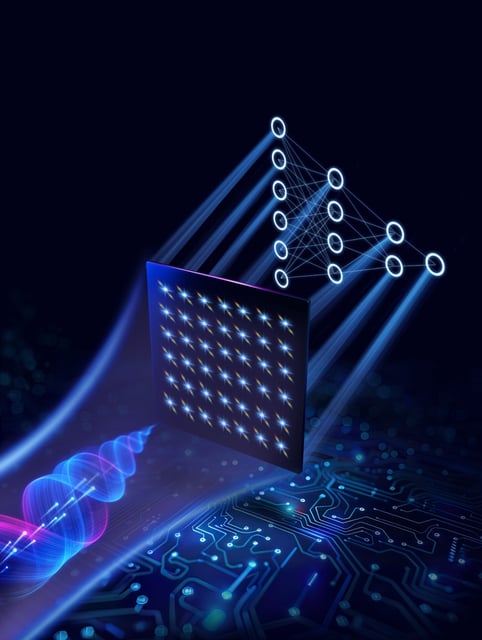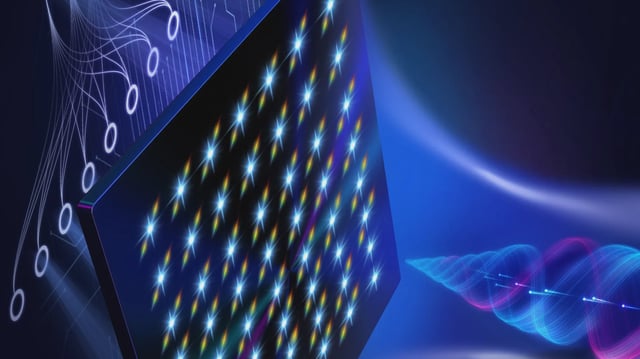Overview
- Researchers from the University of Oxford, Ludwig-Maximilian University of Munich and the Max Planck Institute for Quantum Optics created RAVEN to capture the full shape, timing and alignment of individual ultra-intense laser pulses in a single measurement.
- When tested on Germany’s ATLAS-3000 petawatt-class laser, RAVEN revealed subtle spatio-temporal couplings such as distortions and wave shifts that were previously undetectable in real time.
- The diagnostic splits the beam into spectrally dispersed and polarization-separated paths before using a microlens array and optical sensor to reconstruct the complete vectorial electromagnetic field.
- By providing instantaneous feedback on pulse geometry, RAVEN enables on-the-fly adjustments that boost accuracy and efficiency in plasma physics and particle acceleration studies.
- Scientists anticipate applying the technique to optimize inertial fusion energy yield and to probe high-field quantum electrodynamics phenomena such as photon-photon scattering.

